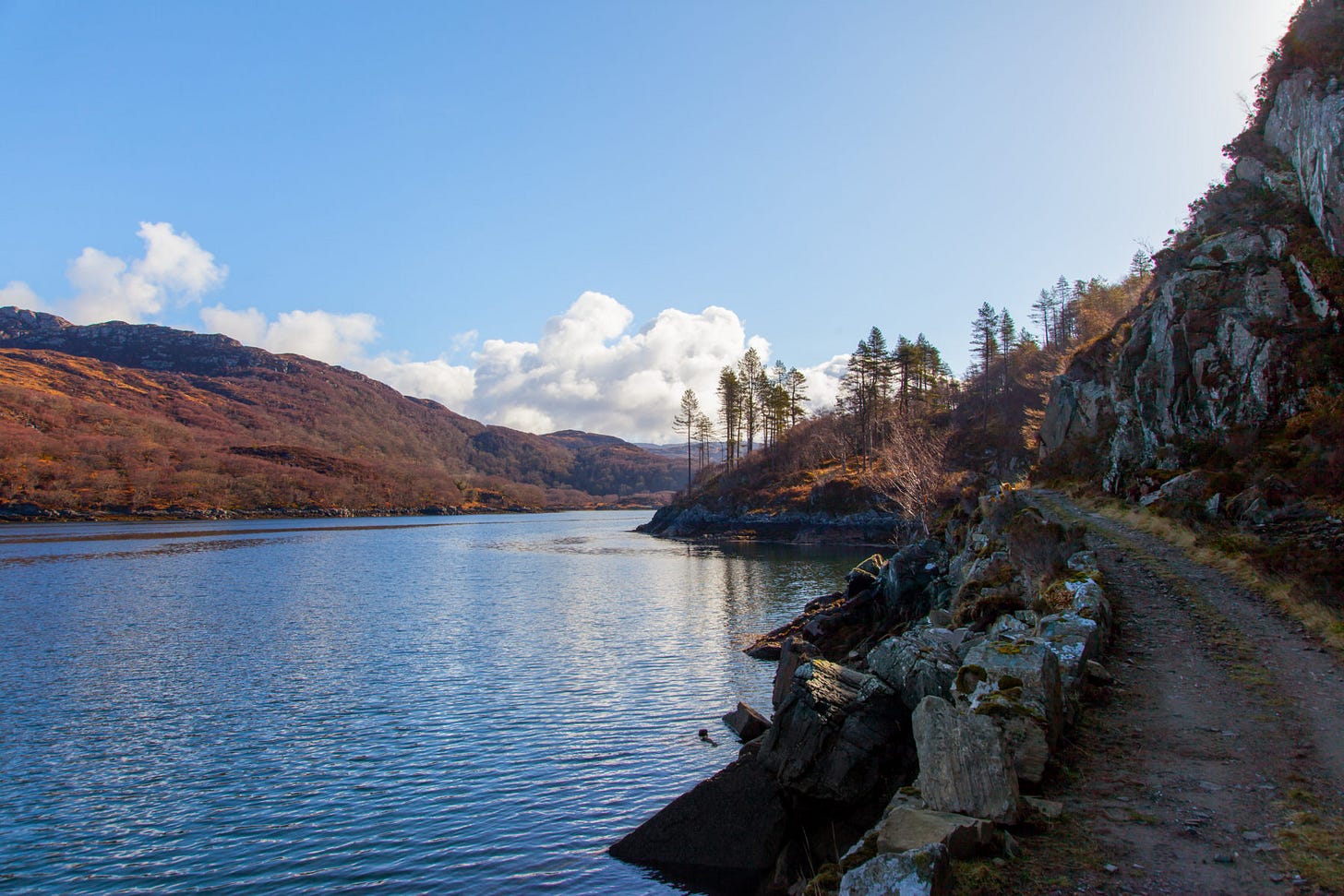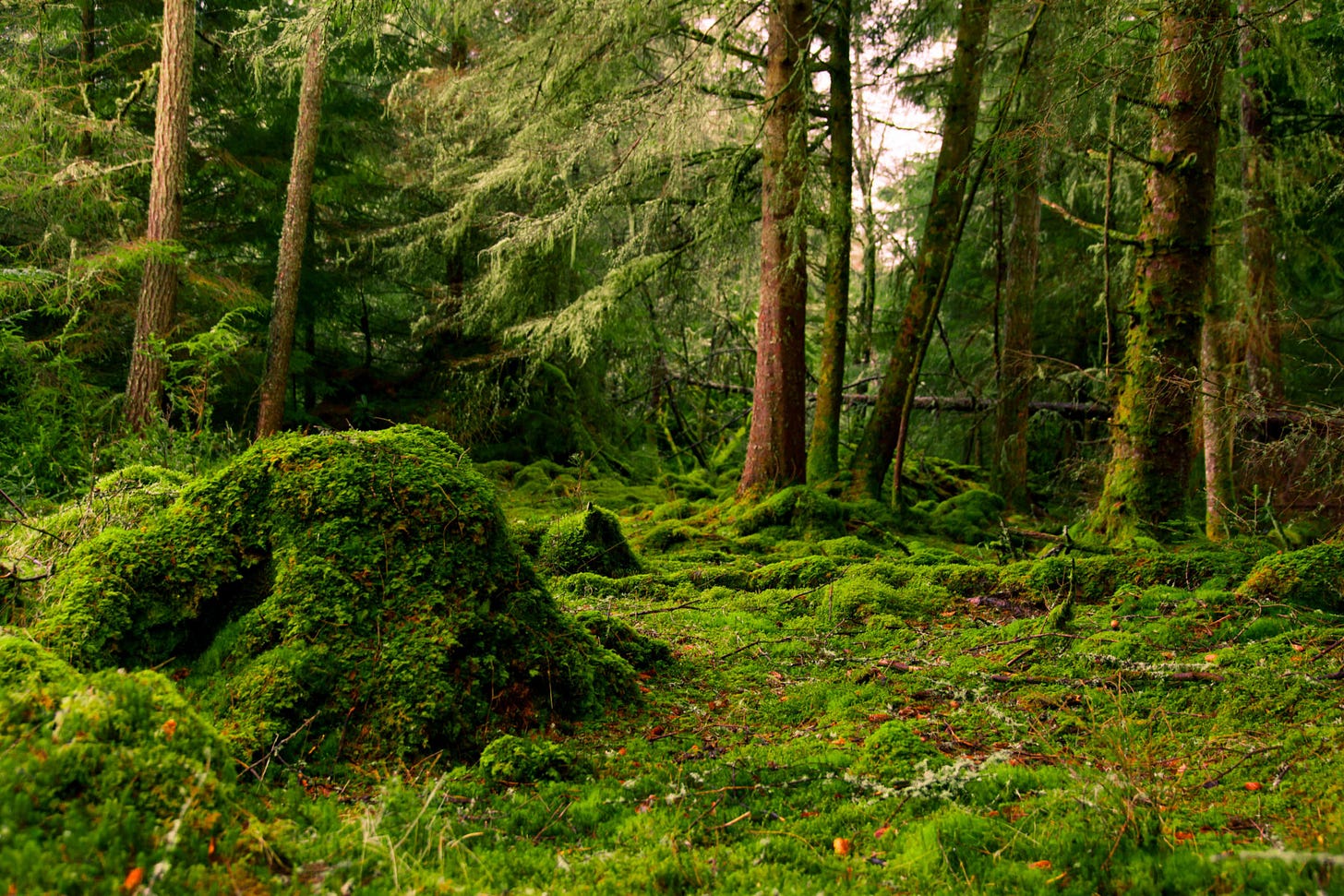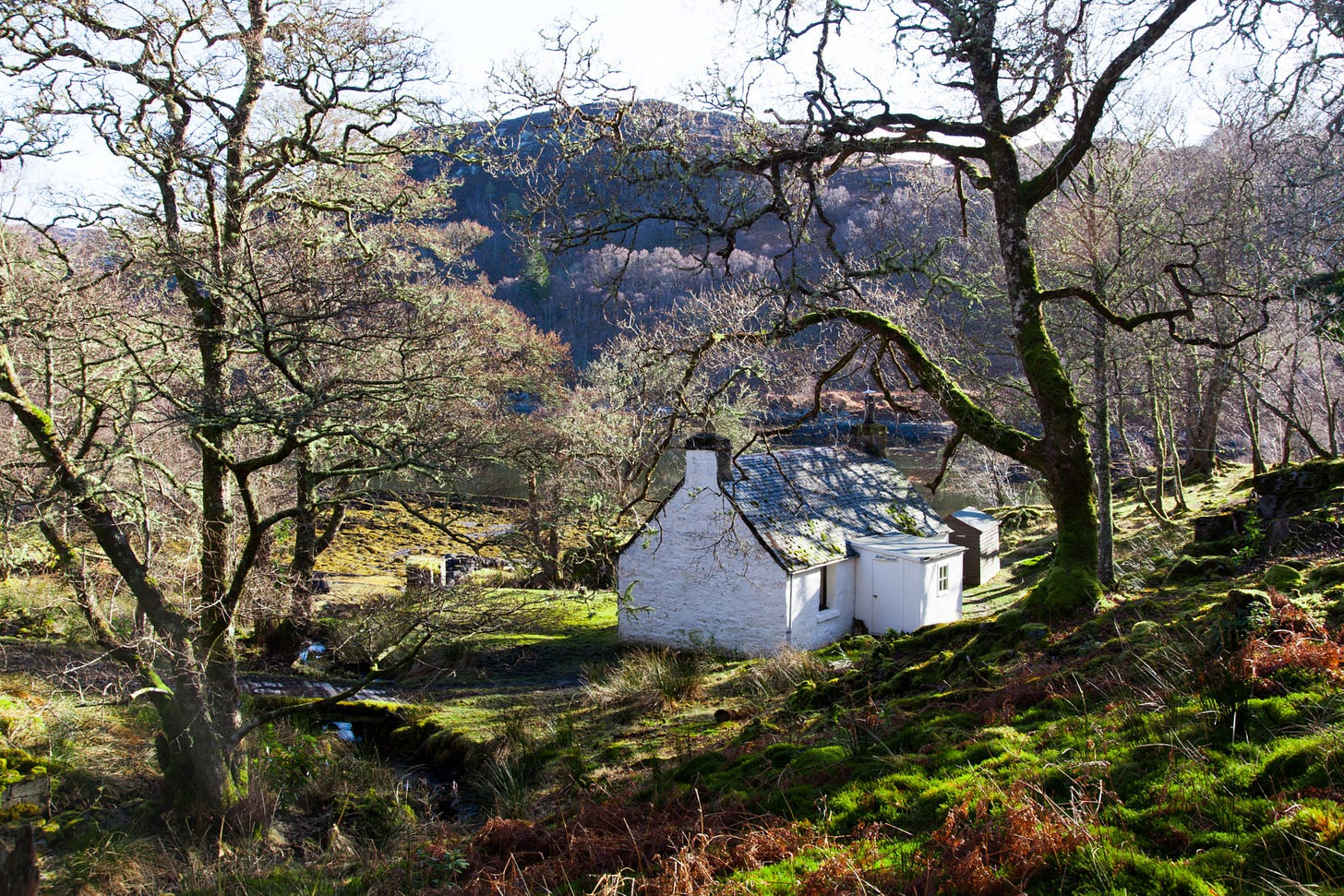It was the moment we had been waiting for: the 7am wake-up call. The lovely ScotRail’s stewardess, Kathy, had promised to wake us up with tea and bacon rolls so we could catch the dawn rising over Rannoch moor as we sped towards Fort William.
Except it wasn’t. The lovely Kathy was there alright, banging loudly on the door. But it was 5am. Handing us some biscuits and orange juice, she hurried us to dress and get out onto the station — at Edinburgh — as fast as we could.
There had been a landslide on the last stretch of track on the way to Fort William. Our train wasn’t going any further. Instead, those of us on the sleeper train heading for Fort William were hustled out of the station under the coldest and blackest of Edinburgh skies to wait for a coach. Yes, a coach. Those romantic dreams of taking the Highlander sleeper train whistling through the night from Euston to the glorious west coast of Scotland had bitten the dust.
The coach eventually turned up. Max the driver was more than a little flustered as the rail staff had woken him in the middle of the night to drive us. Once behind the wheel, he brightened up and had clearly watched Mad Max recently because for the next three and a half hours he took us at break-neck speed curling around Loch Lomond and sped us through the glorious Glencoe mountains.
There was one stop: at a tiny cafe which the owner had opened early as she had been alerted by the rail staff to open for us for a pit-stop and a cuppa. Nor was she surprised, telling us solemnly these landslides happen all the time.
We made it to Fort William close to 10 am — about the same time as the train should have arrived — giving us time to stock up on enough food for our gang of six (and lockdown puppy Ziggy) for the next seven days. Stocking up was vital as there were no shops on the island — Eilean Shona — where we were heading apart from a small estate one selling — or so we had read — bare essentials including wine, milk and home-made pies.
While the rest of the family cleaned out Morrisons, filling about four trolleys with plenty of carbs and alcohol, I was left queuing to stock up on bacon rolls at Fort William station’s cafe. They were worth the wait.
Our journey was not over yet. Next, we had to take a taxi for another hour’s drive to Dorlin Pier, on the edge of Loch Moidart, where we were then to get a small ferry across to the island. And we had to make it by 12.15pm, otherwise, the tide would be going out and we would be stuck on the wrong side. It was complicated.
Luckily Ewan, our wonderful taxi driver, who has been doing this trip for years, got us to the pontoon just in time for the turning tide. Ferry is too grand a word: we were greeted by Jonty — Eilean Shona’s manager — in a small motorboat which, once filled with all of us plus dozens of Morrisons bags — was sinking lower and lower into the water as we crossed the channel to the island’s jetty.
It’s only then that I think any of us realised where we were — and why we had come. You can’t always trust holiday brochures or slick pictures on a website lulling you to visit. What greeted us as we made it on hard land was far greater than imagined or promised: trees dripping with lichens and moss in the most vibrant multi-coloured greens, ancient forests with canopies reaching high into the sky, deep blue crystal clear water all around and bright pink wild rhododendrons growing up through the ferns and fauna everywhere.
And the silence. Deep, deep silence — there are no cars on Eilean Shona, only rocky tracks and hundreds of deer. Instead, Jonty has a couple of youngsters working on the island driving quad bikes that take your baggage to the cottages where you are staying — there are nine of varying styles and sizes on the island — while you walk. Yes, dear reader, it’s exhausting and we were, by now, exhausted.
Our cottage was the first to be reached — a tiny, little white-washed former sawmill overlooking the loch and the mainland. The rest of the family went on for another half an hour walk up the hill to the north of the island to the Old School House, which was gas lit with no electricity. (Legend has it that the school was built as far away as the main part of the island because the island’s master didn’t like children.)
Sleeping that first night was otherworldly, like being in a cocoon: no wifi, no television and only wood and coal fires for heating. This was in October last year: the first time since lockdown that any of us had strayed far from home. Being so far from home was strange, made all the stranger because here we were on this magical, almost primordial island, in the middle of the rutting season. The stags roared much of the day and often during the night to ward off other stags and keep their hinds close by: at night we could see them outside our window, ten or 12 pairs of bright green eyes staring back at us.
The walks through the Eilean Shona’s native woodlands were spectacular, giving you the feeling you really had stepped back in time. And so we had: they are classified as part of the Scottish Rainforest belt which dates back to the last ice age. It’s no surprise to discover that Peter Pan’s creator, JM Barrie, spent time on the island in 1920 working on a screenplay of his play which then became a novel.
It really is Neverland and you can get lost walking around the island, over the top where on a fine day you can make out the Western islands of Muck, Eigg and Rhum, and around the sandy coast. There is one must we were told about — a walk to the white sand beaches of Shoe Bay. We never made it because of torrential rain — and you have to clamber over big boulders to get there — but it’s a reason to go back. With any luck, next time there won’t be any landslides.






